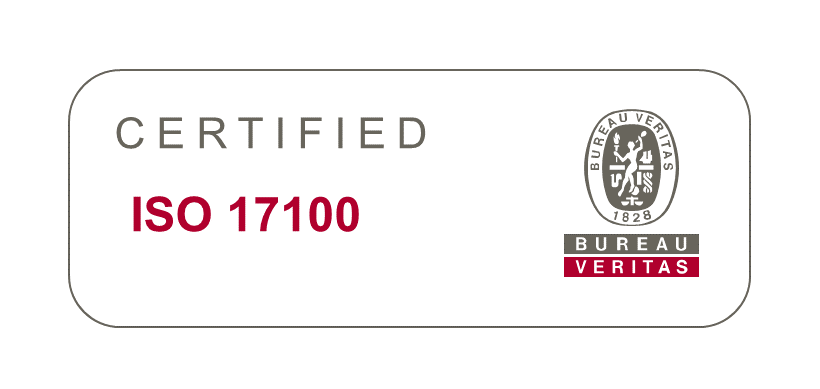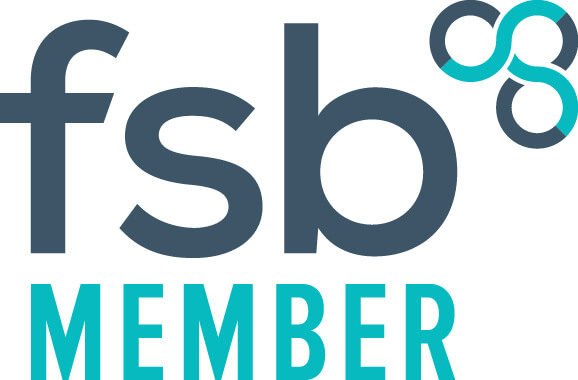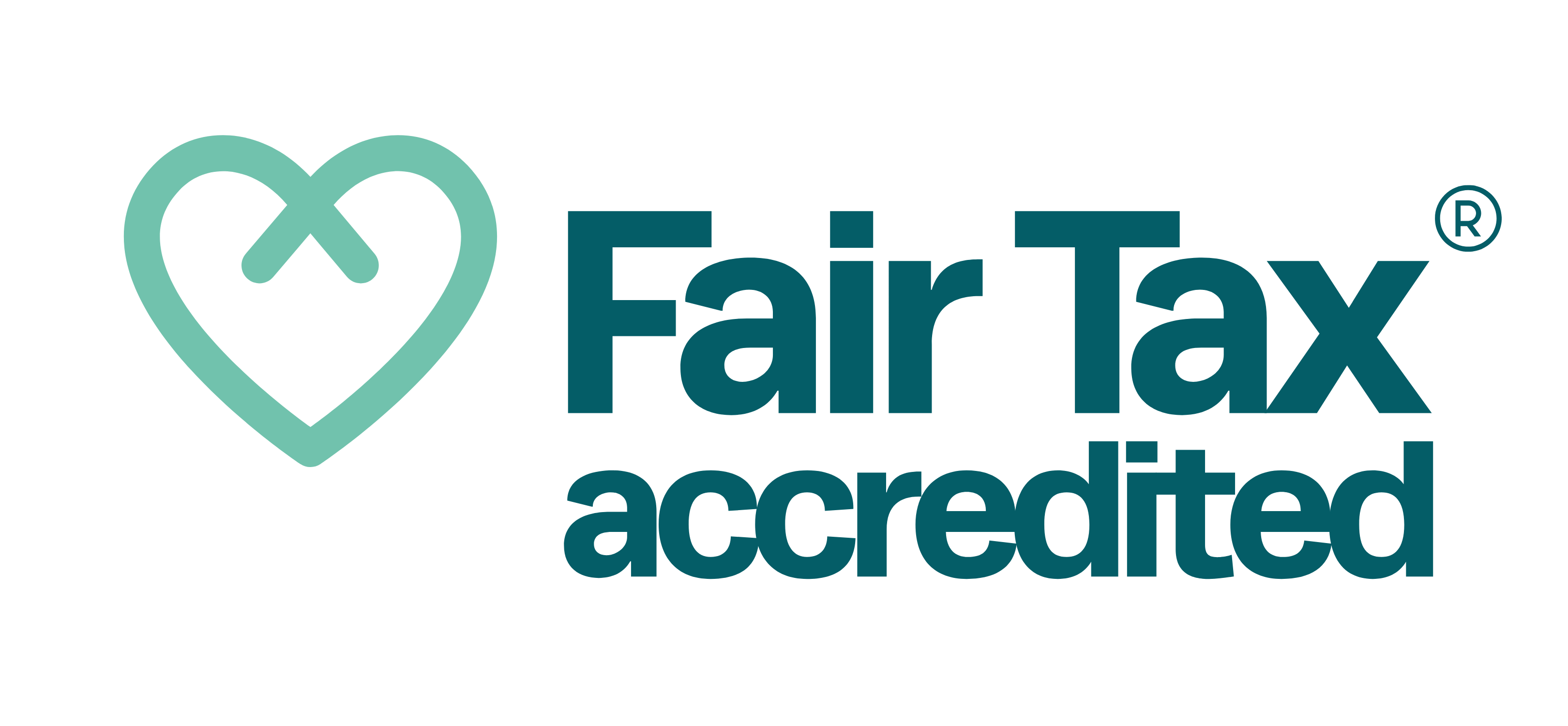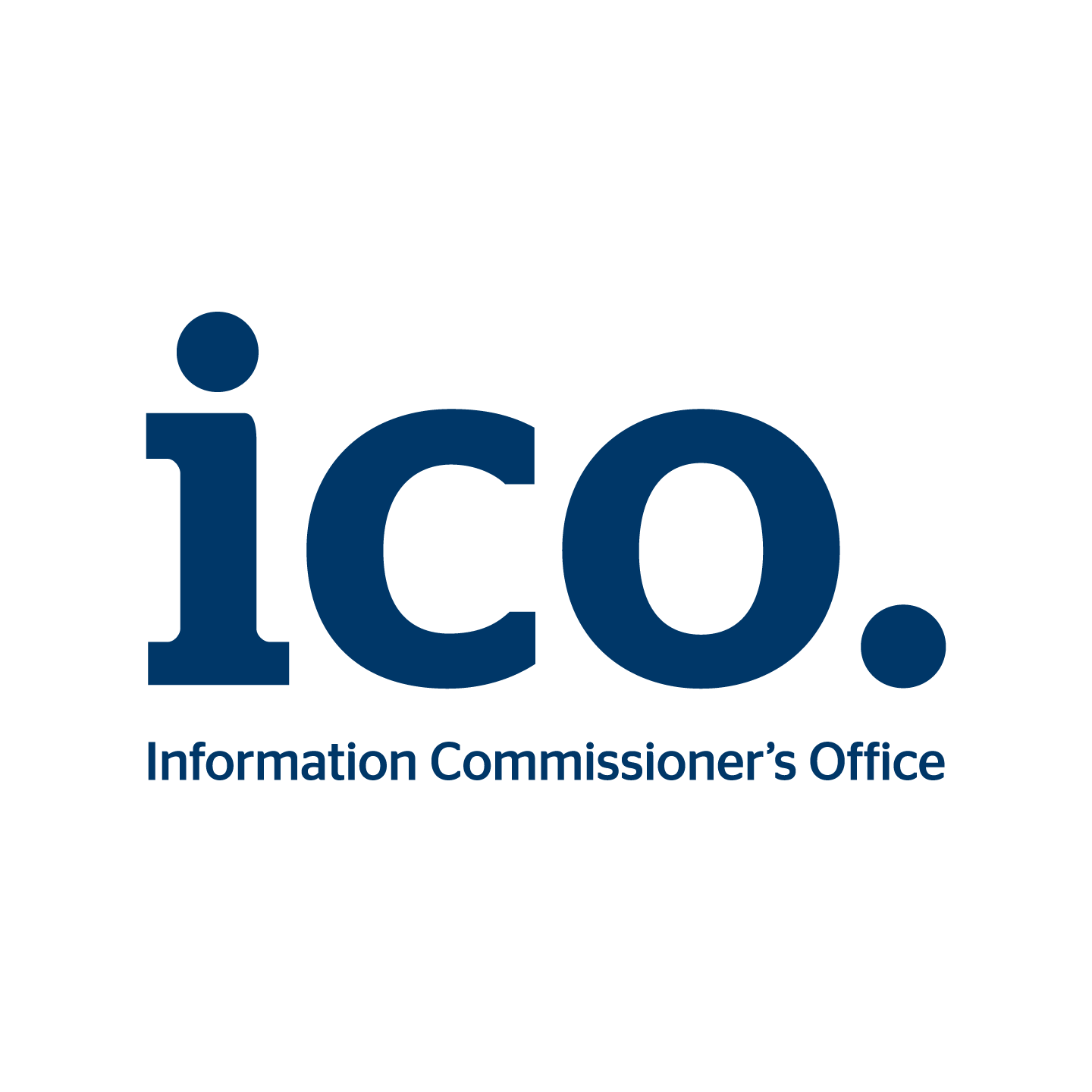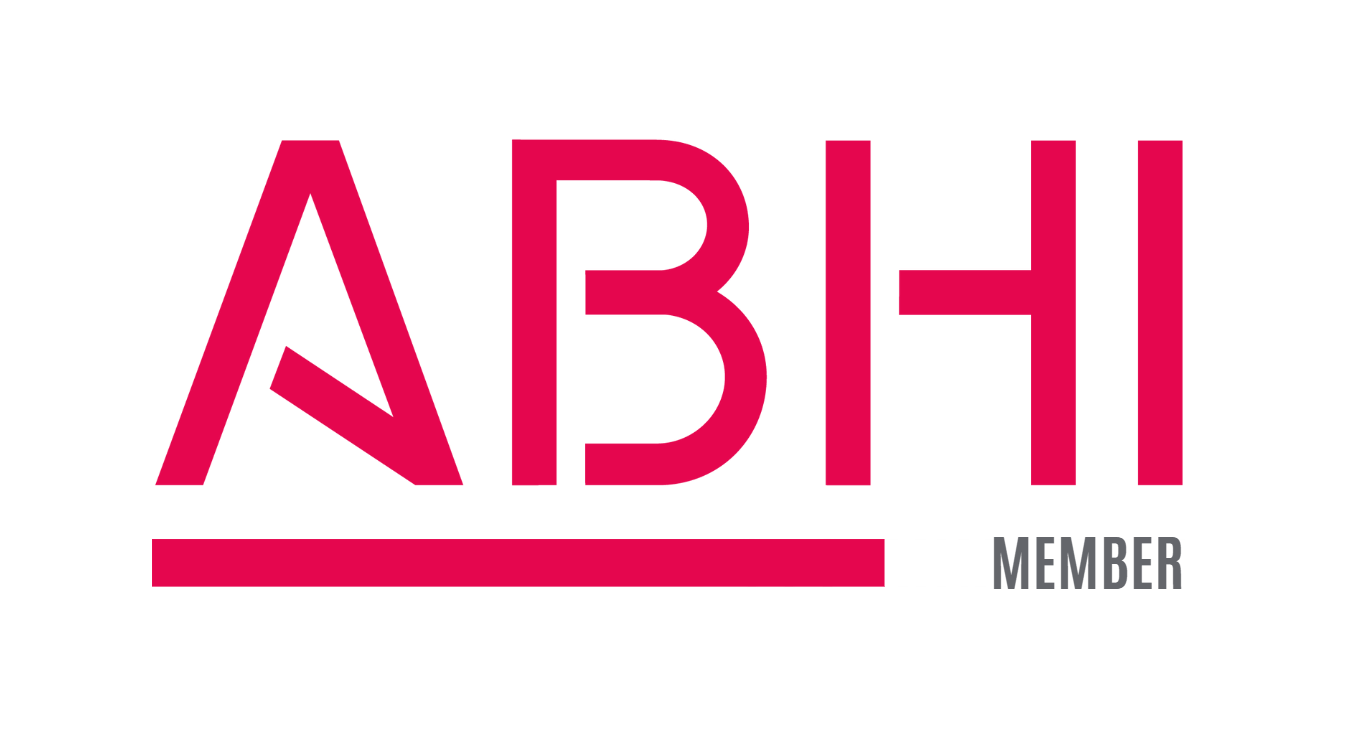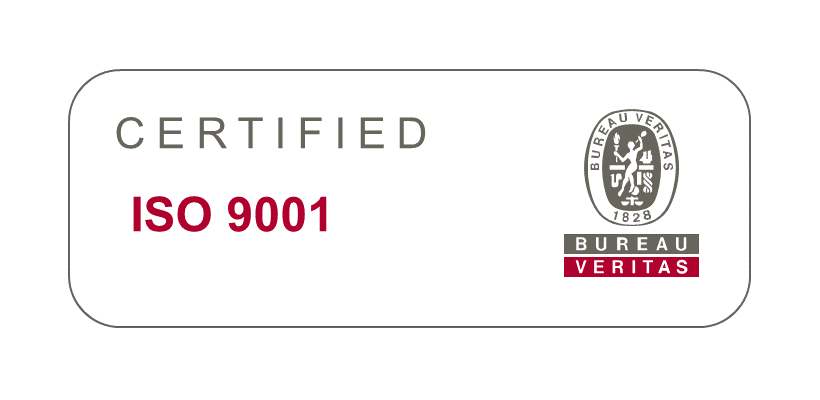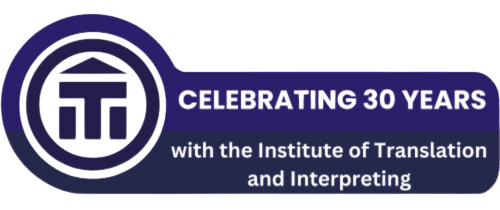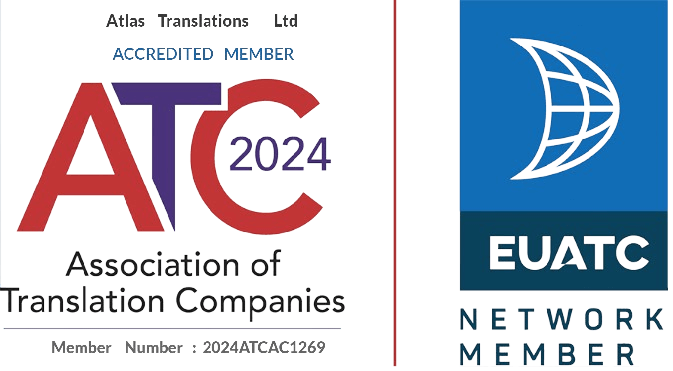Many authors and scriptwriters of fantasy novels and films, from JRR Tolkien’s Lord of the Rings series to George R. R. Martin’s Game of Thrones, have devised their own fictional languages for a mythical species or fantasy planet. The most popular of these have managed to creep into many people’s everyday speech in an effort to emulate their fictional heroes. It’s not just fantasy languages that have been devised in ways unlike normal languages; Esperanto was once seen as the language of the future and there are plenty of teenagers who could probably converse solely in emoji. Here are some of the best fictional and constructed languages to have made their way into popular culture.
Elvish – the novels of JRR Tolkien
Author JRR Tolkien is famous for his works such as The Hobbit and the Lord of the Rings series, which are set in mystical lands. He devised the Elvish languages of Quenya and Sindarin. As Tolkien himself had studied language in great detail, he was able to create the two languages and based them on Finnish and Welsh. Due to the enormous success of his work, some fans of the series have decided to learn the languages, and it has become an important part of the culture of the series.
Klingon – Star Trek
Klingon is the language spoken by the Klingon species in the fictional Star Trek universe. It is used quite regularly in the films of the series, and some super fans have even become fluent in the language. Shakespeare plays such as Hamlet and Much Ado About Nothing have both been translated into Klingon. It is estimated that around 20-30 people can speak the language fluently. One of these speakers, d’Armond Speers, decided to try and bring his young child up bilingually in English and Klingon, but due to a lack of other Klingon speakers, the child did not use Klingon very often as he preferred English. Klingon also lacked many everyday words because its creators had focused on words used commonly in the Star Trek world, such as ‘spacecraft’, instead of more common words on Earth, making it difficult to use as a part of everyday life.
Dothraki – Game of Thrones (A Song of Ice and Fire)
The immensely popular HBO series Game of Thrones, which is based on George R. R. Martin’s A Song of Ice and Fire fantasy novel series, has its own language spoken by the Dothraki people. It was first featured in the novels, but was improved further by the creators of the TV show. Linguist David Peterson helped develop the language further, taking influence from languages such as Turkish, Swahili and Russian as well as the vocabulary found in Martin’s novels. It has had a large influence on western popular culture, with 142 new-born baby girls in the US named ‘Khaleesi’, the Dothraki term for the wife of a ruler (‘Khal’), in 2012.
Esperanto – L. L. Zamenhof
Esperanto was created by L. L. Zamenhof in 1887. It is the best example of a contrasted language, intended for worldwide usage. Zamenhof’s goal was to create a language that was easy to learn and could function as a universal method of communication between people of different languages. It has had a good level of success, and is by far the most widely-spoken constructed language in the world. However, it has not become the universal language to break down barriers between people of different nationalities as early speakers had hoped. Very few people speak Esperanto as a first language, although it is estimated there may be up to a million speakers who have some level of understanding. It is much easier than English for French speakers to learn, so has seen success in mainland Western Europe. In the early part of the 20th Century, it was thought Esperanto could become the world’s preferred language, and it almost became the main language of the United Nations. However, the early promise of the language has failed to materialise.
Emoji – the Language of Texting
Mobile phones and texting are now one of the most popular methods of communication worldwide – why go through the hassle of meeting somebody face-to-face when you can send them a simple text instead? Alongside texting is the emergence of emojis – small icons to convey emotions, ideas or objects that can be found on any phone keyboard. Many people use emojis to supplement the actual writing in their texts, but in many circumstances it is just as easy to only use emojis, without any actual words. This raises the question- can emoji be considered a language? Some may argue that as you cannot use them in real life, emojis cannot be a proper language. However, this depends on what you consider to be a language. We use body language and hand gestures to convey emotion in everyday life, so emojis can easily be seen as the online equivalent of these. While it is unlikely emojis could ever surpass spoken conversation as human’s main communication method, they are certainly gaining in popularity all the time – in 2015, Oxford Dictionaries made history by including the ‘crying laughter face’, the most commonly used emoji in the US and UK, in their latest editions.
If you need help with any real languages – we’d love to hear from you! Call us on 01727 812 725 to let us know what you need and we can let you know straightaway if we can help. Send us an email to team@atlas-translations.co.uk. We respond quickly to all email enquiries. Or use the little icons here on the website for live chat (it really is one of us) or to request a call back within 27 seconds.


